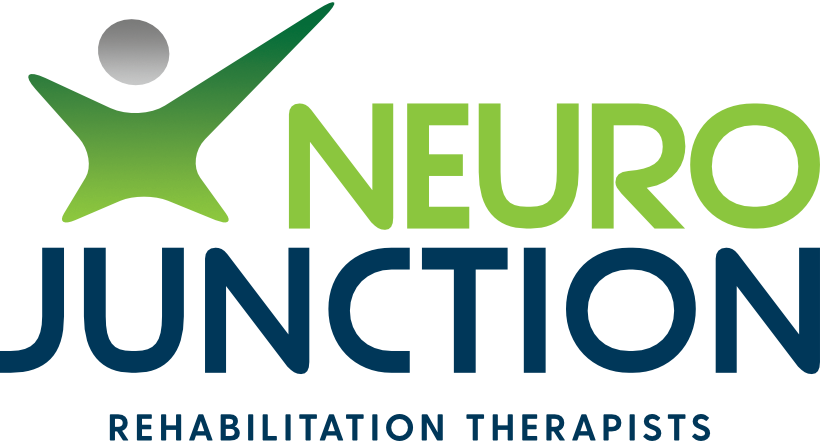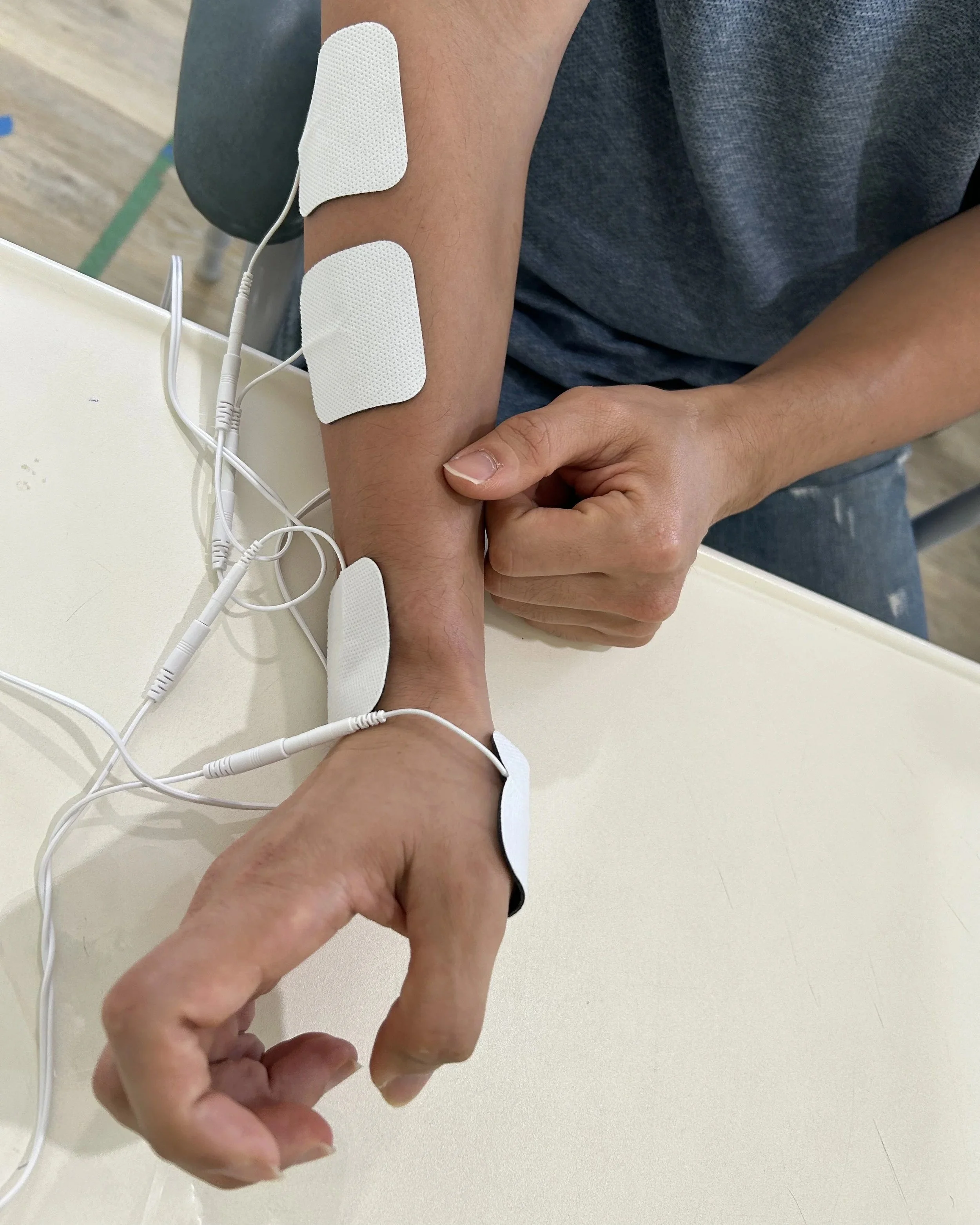Peripheral Nerve Transfer Surgery & Rehabilitation: Restoring Movement and Function
Introduction
Peripheral nerve injuries can have a profound impact on movement, sensation, and daily activities. When a nerve is severely damaged and unable to heal on its own, peripheral nerve transfer surgery offers a groundbreaking solution. This procedure helps restore function by redirecting a healthy nerve to take over the role of the injured nerve. While surgery is an important step, rehabilitation plays a crucial role in ensuring optimal recovery and regaining function.
What is Peripheral Nerve Transfer Surgery?
Peripheral nerve transfer surgery is a procedure where a healthy, functioning nerve is rerouted to replace a damaged nerve. This allows signals from the brain to reach muscles that would otherwise be paralyzed due to nerve injury.
This surgical technique is commonly used in cases where:
A nerve has been severed or damaged beyond natural healing.
Nerve grafting is not an option.
A muscle is at risk of permanent loss of function.
By reconnecting nerves, this surgery can restore movement, strength, and sensation in the affected area, allowing individuals to regain independence in their daily lives.
Common Causes of Nerve Damage Leading to Transfers
Nerve transfer surgery is often recommended for individuals with:
Traumatic injuries, such as cuts or blunt force trauma that cause nerve severance.
Brachial plexus injuries, affecting arm and shoulder function.
Paralysis due to nerve compression or long-standing nerve damage.
Nerve damage from tumors or medical conditions, like neurodegenerative diseases.
Symptoms & Effects of Nerve Injuries
A damaged peripheral nerve can lead to various symptoms, including:
Muscle weakness or paralysis in the affected limb.
Loss of sensation or tingling.
Difficulty performing daily tasks, such as grasping objects, walking, or maintaining balance.
Pain or discomfort due to nerve dysfunction.
Without intervention, long-term nerve damage can lead to muscle wasting, making rehabilitation even more essential after surgery.
The Role of Physiotherapy in Rehabilitation
After nerve transfer surgery, rehabilitation is key to restoring movement and function. Physiotherapy focuses on:
1. Protection & Early Recovery (0-3 weeks post-surgery)
Immobilization to protect the nerve transfer site.
Gentle passive movements to maintain joint flexibility.
Pain management techniques, such as heat therapy or gentle massage.
2. Activation & Motor Re-education (4-12 weeks post-surgery)
Guided motor imagery to retrain the brain to recognize new nerve pathways.
Sensory re-education exercises to regain feeling in affected areas.
Electrical stimulation to enhance nerve activation.
3. Strengthening & Functional Training (3-6 months post-surgery)
Gradual strengthening exercises to build muscle function.
Functional movement training, such as gripping objects or weight-bearing exercises.
Nerve gliding techniques to improve mobility and prevent stiffness.
4. Return to Activity & Long-Term Rehabilitation (6+ months)
Advanced strengthening to rebuild full muscle function.
Sport- or task-specific training for work or recreational activities.
Continued physiotherapy to maximize nerve adaptation and independence.
Self-Management Tips for Recovery
Patients can support their recovery at home by:
Practicing daily movement exercises as recommended by their physiotherapist.
Using sensory re-education techniques, such as feeling different textures to restore sensation.
Maintaining a healthy lifestyle, including good nutrition and hydration to support nerve healing.
Staying patient and consistent, as nerve regeneration is slow (1mm per day) and can take months to years for full recovery.
Advancements in Nerve Transfer Surgery & Rehabilitation
Innovative approaches are continuously improving outcomes for nerve transfer patients:
Neuromodulation technologies, such as electrical stimulation devices, enhance nerve function post-surgery.
Virtual reality & mirror therapy are being integrated into rehabilitation to assist brain adaptation.
Take the Next Step Toward Recovery
Peripheral nerve transfer surgery, combined with dedicated physiotherapy and rehabilitation, offers individuals a real chance to regain movement and independence. If you or a loved one has suffered a nerve injury, seeking professional guidance early is crucial.
Contact a physiotherapist today to explore how rehabilitation can support your recovery and help you get back to doing the things you love.
References
American Society for Surgery of the Hand. Nerve transfer surgery: Techniques and rehabilitation. Retrieved from https://www.assh.org
British Journal of Neurosurgery. Advances in nerve transfer surgery and outcomes. Retrieved from https://www.tandfonline.com/toc/ibjn20/current
Mayo Clinic. Nerve injury and surgical treatment options. Retrieved from https://www.mayoclinic.org
National Institute of Neurological Disorders and Stroke. Nerve injuries and regeneration research. Retrieved from https://www.ninds.nih.gov
O’Sullivan, S. B., Schmitz, T. J., & Fulk, G. D. (2019). Physical rehabilitation (7th ed.). F.A. Davis Company.
Sunderland, S. (1991). Nerve injuries and their repair: A critical appraisal. Churchill Livingstone.
American Academy of Neurology. Guidelines on peripheral nerve injury management. Retrieved from https://www.aan.com
British Journal of Sports Medicine. Studies on rehabilitation and nerve recovery. Retrieved from https://bjsm.bmj.com
Journal of Neurology, Neurosurgery & Psychiatry. Research on nerve regeneration and treatment. Retrieved from https://jnnp.bmj.com
Mayo Clinic. Peripheral neuropathy: Symptoms and causes. Retrieved from https://www.mayoclinic.org
National Institute of Neurological Disorders and Stroke. Peripheral nerve disorders. Retrieved from https://www.ninds.nih.gov
O’Sullivan, S. B., Schmitz, T. J., & Fulk, G. D. (2019). Physical rehabilitation (7th ed.). F.A. Davis Company.

